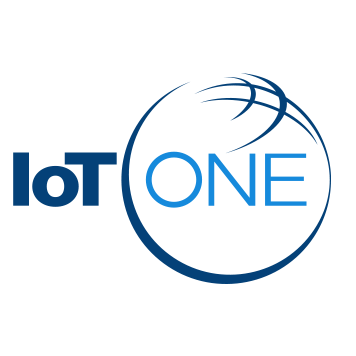Overview
SUPPLIER
MANAGED
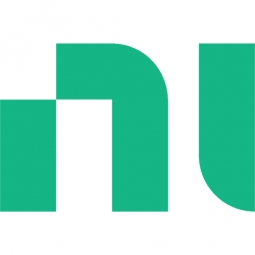 |
NI |
| United States | |
| Austin | |
| 1976 | |
| Public | |
| NASDAQ: NATI | |
| $1-10b | |
| 1,001 - 10,000 | |
| Open website |
IoT Snapshot
Technology Stack
Case Studies
Number of Case Studies14
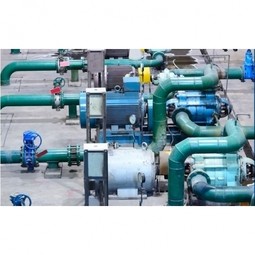 |
Improving Asset Health Information
Unexpected downtime costs industries billions of dollars each year, and the challenges of aging assets combined with many experienced professionals at or near retirement age have companies looking at the promises of IoT technology for answers. |
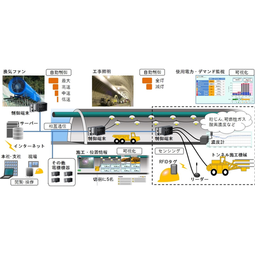 |
IoT System for Tunnel Construction
The Zenitaka Corporation ('Zenitaka') has two major business areas: its architectural business focuses on structures such as government buildings, office buildings, and commercial facilities, while its civil engineering business is targeted at structures such as tunnels, bridges and dams. Within these areas, there presented two issues that have always persisted in regard to the construction of mountain tunnels. These issues are 'improving safety" and "reducing energy consumption". Mountain tunnels construction requires a massive amount of electricity. This is because there are many kinds of electrical equipment being used day and night, including construction machinery, construction lighting, and ventilating fan. Despite this, the amount of power consumption is generally not tightly managed. In many cases, the exact amount of power consumption is only ascertained when the bill from the power company becomes available. Sometimes, corporations install demand-monitoring equipment to help curb the maximum power demanded. However, even in these cases, the devices only allow the total volume of power consumption to be ascertained, or they may issue warnings to prevent the contracted volume of power from being exceeded. In order to tackle the issue of reducing power consumption, it was first necessary to obtain an accurate breakdown of how much power was being used in each particular area. In other words, we needed to be able to visualize the amount of power being consumed. Safety, was also not being managed very rigorously. Even now, tunnel construction sites often use a 'name label' system for managing entry into the work site. Specifically, red labels with white reverse sides that bear the workers' names on both sides are displayed at the tunnel work site entrance. The workers themselves then flip the name label to the appropriate side when entering or exiting from the work site to indicate whether or not they are working inside the tunnel at any given time. If a worker forgets to flip his or her name label when entering or exiting from the tunnel, management cannot be performed effectively. In order to tackle the challenges mentioned above, Zenitaka decided to build a system that could improve the safety of tunnel construction as well as reduce the amount of power consumed. In other words, this new system would facilitate a clear picture of which workers were working in each location at the mountain tunnel construction site, as well as which processes were being carried out at those respective locations at any given time. The system would maintain the safety of all workers while also carefully controlling the electrical equipment to reduce unnecessary power consumption. Having decided on the concept, our next concern was whether there existed any kind of robust hardware that would not break down at the construction work site, that could move freely in response to changes in the working environment, and that could accurately detect workers and vehicles using radio frequency identification (RFID). Given that this system would involve many components that were new to Zenitaka, we decided to enlist the cooperation of E.I.Sol Co., Ltd. ('E.I.Sol') as our joint development partner, as they had provided us with a highly practical proposal. |
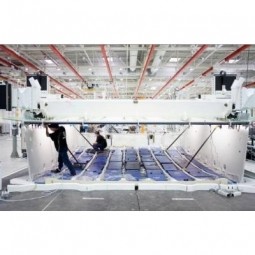 |
Developing Smart Tools for the Airbus Factory
Manufacturing and assembly of aircraft, which involves tens of thousands of steps that must be followed by the operators, and a single mistake in the process could cost hundreds of thousands of dollars to fix, makes the room for error very small. |
Partners
Number of Partners3
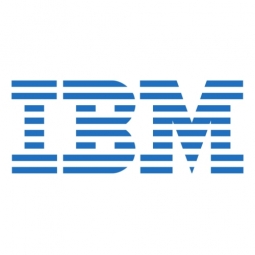 |
IBM
IBM is an American multinational technology and consulting corporation that manufactures and markets computer hardware, middleware, and software, and offers infrastructure, hosting, and consulting services in areas ranging from mainframe computers to nanotechnology. IBM is intent on leading the development of a global data field. |
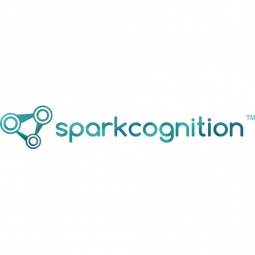 |
SparkCognition
SparkCognition is a global leader in cognitive computing analytics. A highly awarded company recognized for cutting-edge technology, SparkCognition develops AI-Powered cyber-physical software for the safety, security, and reliability of IT, OT, and the IoT. The company's technology is capable of harnessing real-time sensor data and learning from it continuously, allowing for more accurate risk mitigation and prevention policies to intervene and avert disasters. SparkCognition's cognitive software, DeepArmor, is utilized to prevent and detect Malware with a high level of accuracy and efficacy by using advanced Machine Learning and Artificial Intelligence. |
---nyse--hpe_1.jpg) |
Hewlett Packard Enterprise (HPE)
Hewlett Packard Enterprise or HPE (formerly HP) makes IT environments more efficient, productive and secure, enabling fast, flexible responses to a rapidly changing competitive landscape. They enable organizations to act quickly on ideas by delivering infrastructure that can be easily composed and recomposed to meet shifting demands, so they can lead in today’s marketplace of disruptive innovation. Year founded: 2015 (1939) Revenue: $53.0 billion (2014) NYSE: HPE |


